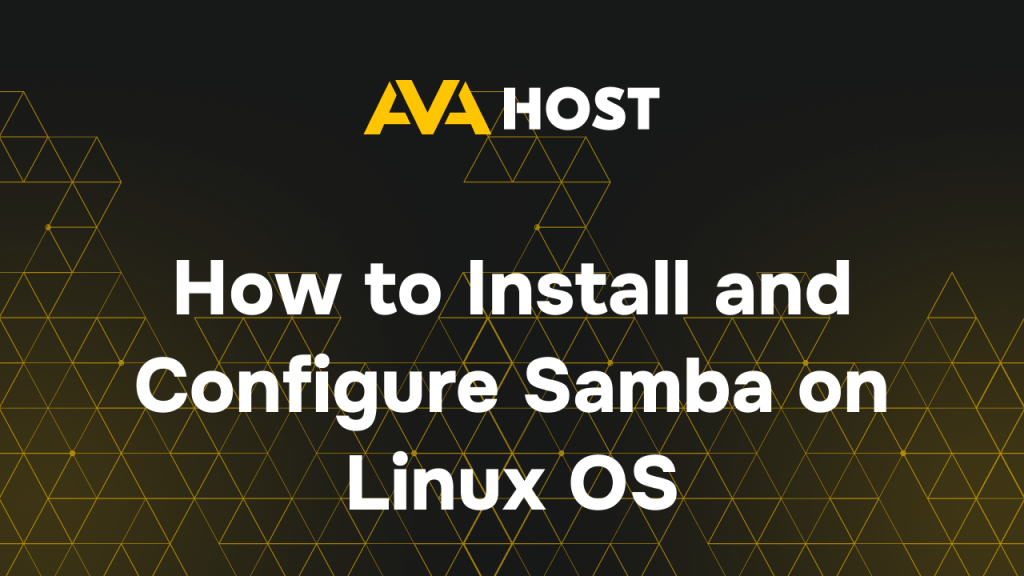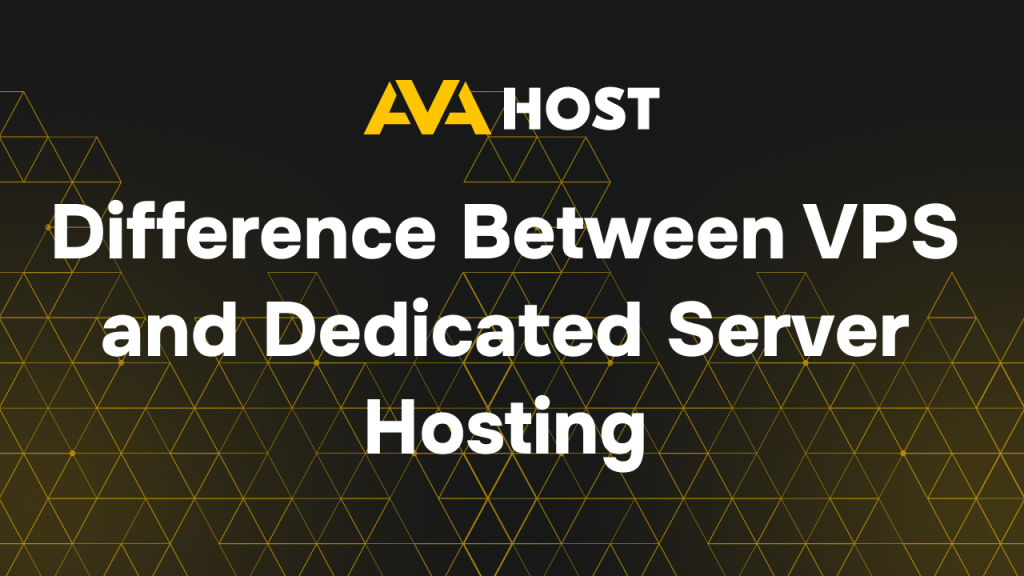
A Guide to Writing Comments in Python Writing code that works is only half the job — writing code that’s understandable is what makes you a great developer. That’s where comments come in. In Python, comments help you explain your code’s logic, document functionality, and improve long-term readability — especially when deploying scripts on production […]

Samba is a powerful open-source software suite that enables seamless file and printer sharing between Linux/Unix systems and Windows clients. It allows Linux systems to appear as Windows file servers, making it a vital tool in mixed-OS environments such as corporate networks or home setups. This guide walks you through installing and configuring Samba on […]

Launching a WordPress website can be an exciting and rewarding experience. Whether you’re creating a personal blog, a business site, or an eCommerce platform, WordPress offers a user-friendly interface, flexibility, and endless customization possibilities. However, the process of launching a website can be overwhelming without proper guidance. In this article, we’ll walk you through the […]

One of the simplest and most effective ways to secure your WordPress website is by hiding the default login page. Hosting with WordPress sites are often targeted by bots and hackers who attempt brute-force attacks on the /wp-admin or /wp-login.php URLs. The plugin WP Hide Login offers a lightweight, efficient solution to protect your admin […]

When it comes to choosing the right hosting plan for your website, one of the most important decisions you’ll need to make is whether to opt for VPS hosting or a dedicated server. Both options offer more control, performance and customization options than shared hosting, but which option is better for your needs? In this […]

Choosing the right domain name for your website is one of the most important decisions you’ll make when setting up an online presence. Your domain name is the foundation of your website’s identity, and it plays a key role in your brand’s recognition, search engine optimization (SEO), and credibility. However, finding the perfect domain can […]

Monitoring your system’s temperature is critical, especially when dealing with servers, laptops under heavy load, or custom-built PCs. High temperatures can lead to reduced performance, hardware damage, or sudden shutdowns. Fortunately, Linux offers powerful tools to monitor CPU, GPU, and hard drive temperatures in real-time. Here’s how you can view and monitor system temperatures on […]

How to Use the pwd Command in Linux The pwd (Print Working Directory) command is a simple yet essential tool in Linux and Unix-like systems, instantly showing your current location in the file system. Whether you’re navigating complex directories, scripting, or troubleshooting symbolic links, pwd ensures you know exactly where you are. This guide clarifies […]

When designing a website with Elementor, one of the most frequent customizations is hiding the default page title. WordPress, by default, displays the title of each page at the top of the content, but there may be times when you want to remove or replace this title for a cleaner design, especially when using Elementor’s […]

How to Import Bookmarks into Safari from Desktop Safari, Apple’s sleek and fast web browser, allows you to easily import bookmarks from other browsers or bookmark files stored on your desktop. Whether you’re switching to Safari or syncing bookmarks from another system, the process is straightforward. Here’s how to import bookmarks into Safari on macOS: […]


